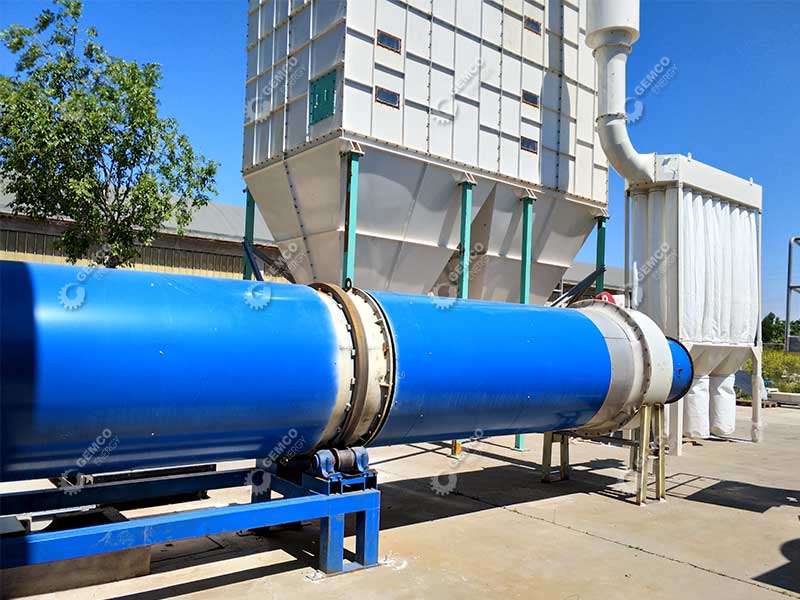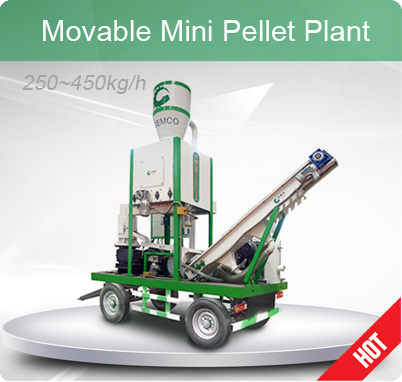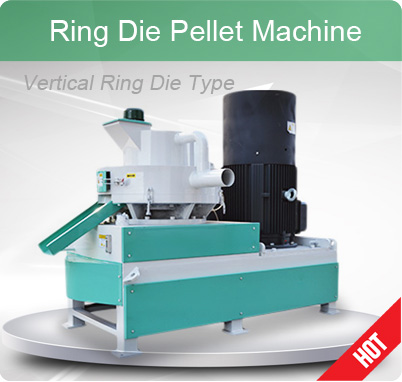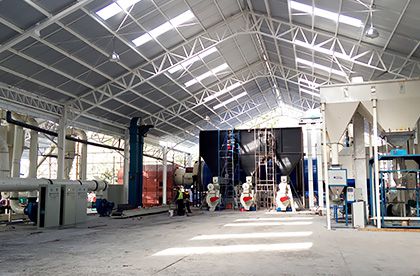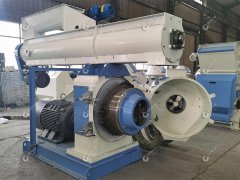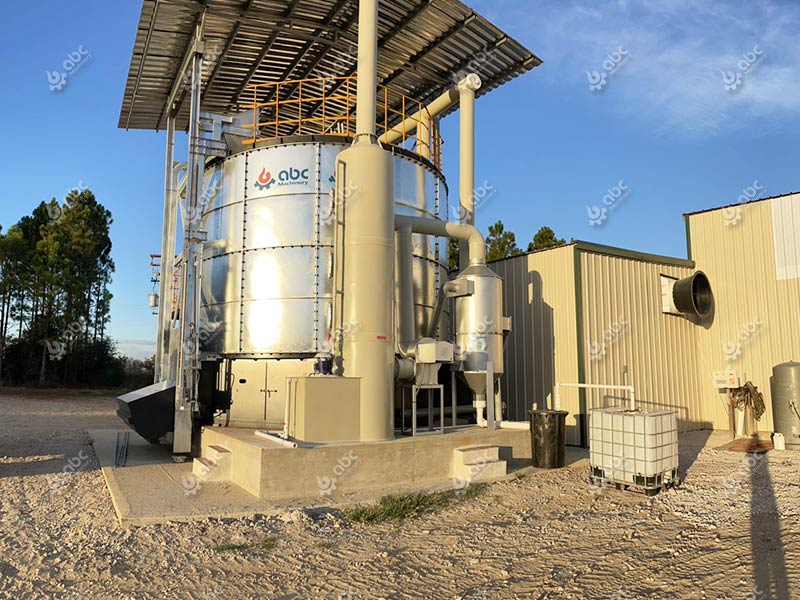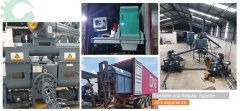Raw Materials Sourcing for Wood Pelletizing Plant -Lignocellulose
Raw materials are vital to the success of a wood pelletizing business since they directly impact pellet quality, cost efficiency, sustainability, and regulatory compliance. Choosing high-quality, cost-effective, and sustainable biomass feedstocks ensures consistent wood pellet production and market competitiveness. Optimal selection and management of raw materials are essential for a thriving wood pellet manufacturing business. (Read more: Biomass Pellet Project Cost >>)

Theoretically, any type of woody biomass is a potential raw material for pelletizing. The differences in the rating stem from the different properties of the material and the different supply routes. Industrial wood chips are waste from production by machines, by-products from the primary wood processing and further wood processing industries, which mainly operate in sawmills. Forest wood chips come directly from the forest and are intended for fuel. Wood shavings and sawdust are the products of cutting processes. Fine wood chips are derived from the mechanical surface treatment of wood.
Soft Wood and Hard Wood for Pelletizing Plant Business
The net calorific value of different types of wood is not a criterion for selecting raw materials for biomass pelletizing business. Softwoods usually fall within the ash content limits, while hardwoods usually exceed them. Therefore, pellet fuel produced from hardwoods does not meet the requirements of some pellet standards; however, a proper mixture of hardwoods and softwoods can solve this problem. However, it must be noted that softwoods are generally more suitable for pelletizing than hardwoods because hardwoods have a lower lignin content than softwoods and therefore produce a less durable pellet fuel. In addition, hardwoods are denser, making the pellet manufacturing process more difficult and increasing the energy consumption of pellet processing machines. (Read more: Softwood Pellet Making Machine for Easy Fuel Making >>)
In most cases, the softwoods will meet the standard limits for nitrogen, sulfur and chlorine content. Only the sulfur content may be too high in some cases. As for hardwoods, beech usually exceeds the allowed nitrogen content values. The mineral contamination of industrial sawdust coming from sawmills is determined by the storage design (tarred or untarred). Industrial wood chips from the wood processing industry are less contaminated with minerals because of the common use of profiles in industry. Sawdust and wood shavings are usually not or only to a small extent contaminated with foreign matter. Contamination of forest wood chips may occur during harvesting or transportation.
Due to the large size, industrial and forest wood chips must in any case be shredded before wood pelletizing. Sawdust and fine wood chips are already suitable for pelletizing, but are usually crushed again with a hammer mill before pelletizing for uniformity of the material. Some wood shavings are suitable for direct pelletizing, while others need to be crushed, depending on their size. For example, small wood chips from a high-speed machine can be pelletized directly without further grinding. Drying prior to pelletizing is essential for industrial wood chips, sawdust and forest wood chips. Wood processing industry by-products such as shavings may not need to be dried for pelletizing raw materials, depending on the residual moisture and the type of raw material. (Read more: Biomass Drying Plants Manufacturers )
The wood itself does not contain strong adhesives and does not have significant slip properties in the compression channel, which causes resistance to occur quickly inside the channel. However, because of the low self-adhesive properties of wood, this resistance is exactly what is needed for pelletizing. The natural binder of wood is lignin. The more lignin present in the wood, the higher the mechanical durability of the pellet fuel produced. Thus, softwoods such as spruce or fir can produce more wear-resistant pellets than hardwoods such as beech or oak. Although oak trees may contain more lignin.
Overview of Different Woody Biomass Applications in Pelletizing
| Parameter | Unit | Guideline Value | Average of Raw Materials | Woody Biomass |
|---|---|---|---|---|
|
Net Calorific Value |
kWh/kg |
h |
about 4.9 | Beech - Hardwood |
| about 5.2 | Spruce - Hardwood | |||
|
Ash Content |
% (Dry Basis) |
0.7 |
1.0~1.3 | Beech/Oak - Hardwood |
| 0.37~0.77 | Spruce/Abies - Softwood | |||
|
Nitrogen Content |
% (Dry Basis) |
0.3 |
0.21~0.41 | Beech/Oak - Hardwood |
| 0.07~0.41 | Spruce/Abies - Softwood | |||
|
Sulphur Content |
% (Dry Basis) |
0.02 |
0.02~0.05 | Beech/Oak - Hardwood |
| 0.01~0.05 | Spruce/Abies - Softwood | |||
| Chlorinity | % (Dry Basis) | 0.02 | about 0.01 | Hardwood & Softwood |
|
Mineral Pollution |
% (Dry Basis) |
1 |
very low | Sawdust & Shavings |
| possible | Chips and Sawdust from Forest | |||
|
Particle Size |
mm |
<4 |
2.8~63 | Chips and Sawdust from Forest |
| 5~12 | Wood Shavings | |||
| <5 | Sawdust | |||
| <0.315 | Saw Powder | |||
|
Moisture Content |
% (Dry Basis) |
8~12 |
40~55 | Sawdust |
| 40~60 | Chips and Sawdust from Forest | |||
| <10 | Sawdust | |||
|
Lignin Content |
% (Dry Basis) | h | 21.9~24.0 | Beech |
| 20.8~30.0 | Spruce | |||
| about 27.0 | Fir | |||
| 26.0~28.6 | Larix | |||
| 27.5~28.6 | Oak |
GEMCO provide materials testing for pelletizing, if you are interested in setting up a wood pellet plant and want to know the pelletizing results, just send your materials to our facotry for testing.
Shavings and chips as by-products of dry profile processing are the preferred raw materials for the setup a complete wood pellet plant because they have the advantage of low moisture content and small particle size, reducing the energy consumption in the crushing and drying steps. However, all available dry shavings and chips are already used in the production of pellet fuel (but not in sufficient quantities, apparently). Therefore, sawdust, a by-product of sawmills, is by far the most important raw material for pelletizing. At the same time, the market for pellets has been growing strongly in recent years and there is already a shortage of "traditional" raw materials. Due to this situation, some pellet fuel producers have started to use other raw materials as a supplement. These raw materials are wood chips from forest conservation and industrial wood chips, although sometimes they also include logs. The use of these raw materials increases the difficulty of the shredding process and therefore the cost of production.
Tree Bark - Is it Suitable for Wood Pelletizing
Bark is the outermost layer of the tree trunk and it accumulates where the bark separates from the wood. The first places where bark is separated from wood are sawmills and paper mills, which is why bark production is highest in these two places. The net calorific value of bark is very close to that of wood. The ash content, however, is significantly higher than that of wood, and even higher if it is contaminated with minerals, which is most likely due to the processing of the wood before it is harvested, trans-shipped, transported and stored.
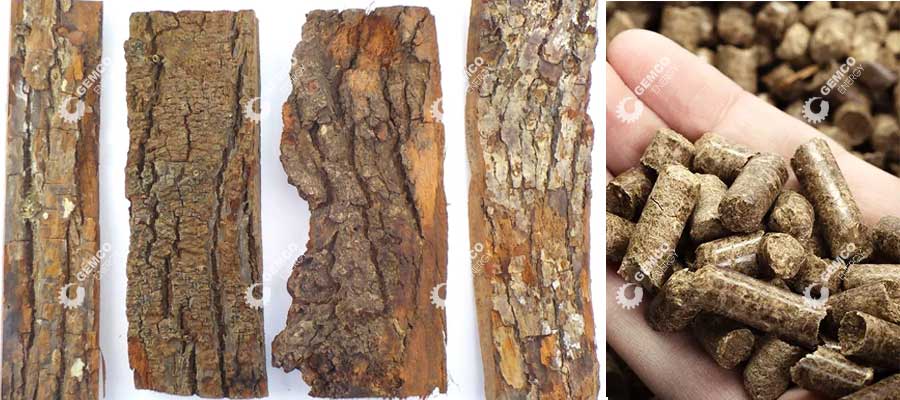
Tree Bark for Wood Pelletizing or Briquetting
Due to the high natural ash content of the bark, the ash limit value of the produced pellet fuel, i.e. 1.5% (dry basis), is also higher than that of pure wood pellet fuel. However, a comparison of the ash limits specified in some solid fuel standards with the average ash content of bark shows that it is not possible to classify pellet fuels made from pure bark as A2 grade. Only pellets made from bark mixed with wood, such as forest wood chips, industrial wood chips (with bark) and short-rotation chaparral (SRC), meet the criteria for Class A2. The high ash content hinders the use of bark pellets in small installations, such as residential central heating systems and stoves, because the ease of use is greatly reduced if the ash box must be cleaned frequently. Bark pellets burn 4 to 10 times more ash than wood pellets. Bark pellet fuel is suitable for medium and large plants where ash and ease of use are not of primary importance because in these plants, ash can be automatically discharged. In smaller plants, the bark mixed into the wood pellet fuel improves the mechanical durability of the pellets. Some pellet plant manufacturers claim that adding the right amount of bark eliminates the need for additional binders. However, experiments have shown that increased lignin content can improve the mechanical durability of pellet fuel.
Bark must be shredded before pelletizing because it leaves sawmills and paper mills in long strips, plus it varies in size depending on the process. Since the moisture content at the sawmill may reach 45% to 65% (wet basis), the bark also needs to be dried. The moisture content at the export of the drying step does not have to be as low as that of the wood, since the moisture reference value for compressed bark is 18% (wet basis). This moisture content also poses a lot of difficulties for the shredding of the bark, as it is not as easy to shred as wood and therefore shredders are usually used. Because of this shredding problem and the high ash content, manufacturers prefer to briquettes the bark rather than pellets. (Read more: How to Make Wood Briquettes?)
The main cost of wood pellet production is raw materials. The price of raw materials plays a decisive role in the economics of pellet fuel production. All types of raw materials are highly seasonal and subject to local price fluctuations. Therefore it is very important to ensure long-term and cheap access to raw materials. If wood pellet plant is not located in a location where the sawdust is stored, then the transportation costs from the sawmill to the pellet production site must also be taken into account.


